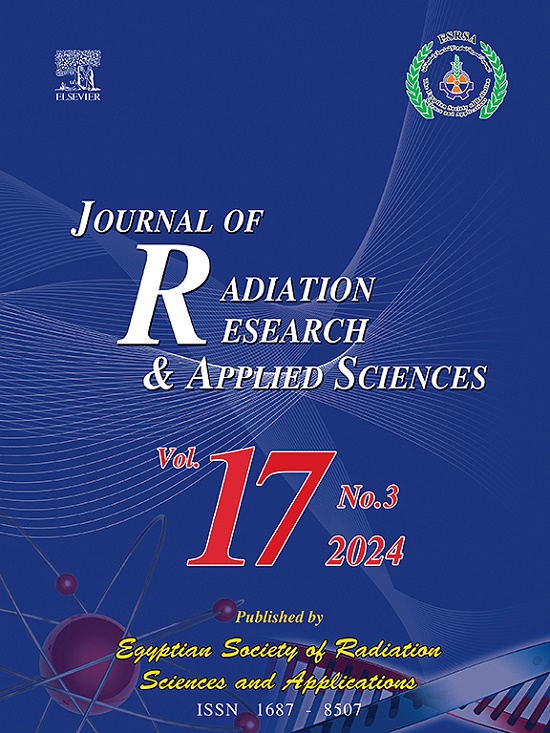全球通胀预测与不确定性评估:ARIMA与先进机器学习的比较
IF 1.7
4区 综合性期刊
Q2 MULTIDISCIPLINARY SCIENCES
Journal of Radiation Research and Applied Sciences
Pub Date : 2025-03-10
DOI:10.1016/j.jrras.2025.101402
引用次数: 0
摘要
本研究分析了预测全球通货膨胀率的两种方法的有效性。第一种是自回归综合移动平均,第二种是基于机器学习的梯度增强回归。值得注意的是,该研究引入了用于单变量时间序列分析的梯度增强方法。结果表明,自回归综合移动平均优于自回归综合移动平均交叉验证,均方根系数为2.53,平均平均移动平均误差为2.21,平均平均移动平均误差为0.48。相反,梯度增强回归在训练和测试数据集上的测试中表现优异,均方根系数为0.078,平均平均移动平均误差为0.27,平均平均移动平均误差为0.22,突出了其在预测任务中的潜力。该研究侧重于全球通货膨胀率的短期预测,从而最大限度地减少长期宏观经济风险(政治和经济冲击)的风险。这两种模型都预计,从2023年到2025年,全球通胀率将保持稳定或下降,从而为消费者和生产商等利益相关者的决策提供稳定性。本文章由计算机程序翻译,如有差异,请以英文原文为准。
Global inflation forecasting and Uncertainty Assessment: Comparing ARIMA with advanced machine learning
This study analyzes the effectiveness of two techniques for forecasting global inflation rates. The first is the Autoregressive Integrated Moving Average, and the second is the gradient-boosted regression based on machine learning. It is worth noting that the study introduces the Gradient Boosting for univariate time series analysis. The results reveal that the Autoregressive Integrated Moving Average performs better than the cross-validation using the Autoregressive Integrated Moving Average, with the root mean square coefficient of 2.53, the mean average moving average error of 2.21, and the mean average moving average error of 0.48. Conversely, the gradient-boosted regression outperforms in testing on train and test datasets, achieving the root mean square coefficient of 0.078, the mean average moving average error of 0.27, and the mean average moving average error of 0.22, highlighting its potential for predictive tasks. The study concentrates on short-term forecasts of global inflation rates, thereby minimizing exposure to long-term macroeconomic risks (political and economic shocks). Both models expect global inflation rates to remain stable or decline from 2023 to 2025, providing stability in decision-making among stakeholders such as consumers and producers.
求助全文
通过发布文献求助,成功后即可免费获取论文全文。
去求助
来源期刊

Journal of Radiation Research and Applied Sciences
MULTIDISCIPLINARY SCIENCES-
自引率
5.90%
发文量
130
审稿时长
16 weeks
期刊介绍:
Journal of Radiation Research and Applied Sciences provides a high quality medium for the publication of substantial, original and scientific and technological papers on the development and applications of nuclear, radiation and isotopes in biology, medicine, drugs, biochemistry, microbiology, agriculture, entomology, food technology, chemistry, physics, solid states, engineering, environmental and applied sciences.
 求助内容:
求助内容: 应助结果提醒方式:
应助结果提醒方式:


